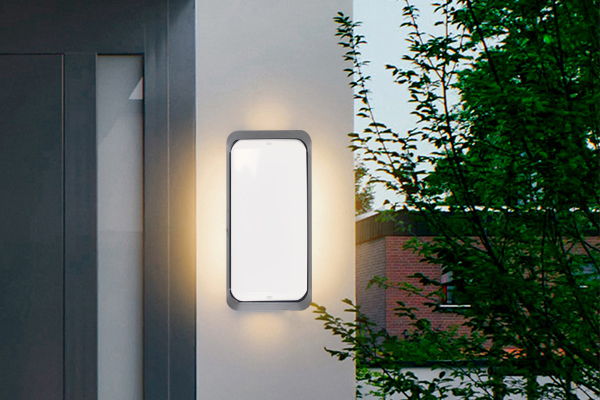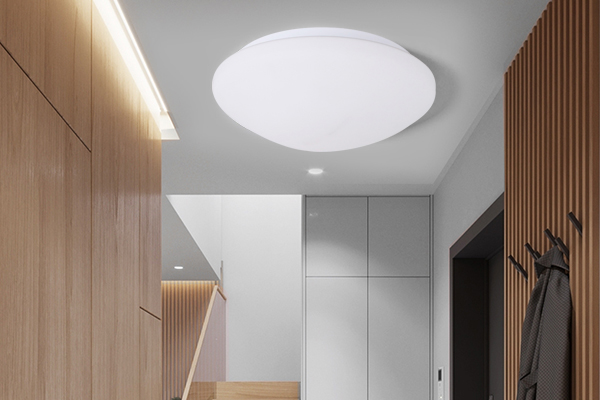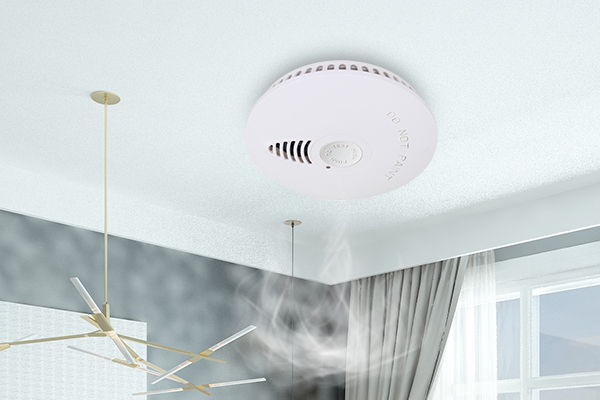Without sensors, what would the world be like
When it comes to sensors, people usually hear more and see less. In fact, with the increasing development of sensor technology, its application scenarios have penetrated into military, energy, robotics, automatic control, environmental protection, transportation, medical and chemical, household appliances, and remote sensing technologies.
In addition, remote sensing technology is used for large-scale detection of objects and their states in large areas over long distances from airplanes, artificial satellites, spacecraft, and ships.
2. Application of sensors in robots
In places with high labor intensity or dangerous operations and some high-speed, high-precision jobs, robots have gradually been used to replace human jobs. But to make the functions of robots and humans closer, it is necessary to install visual sensors and tactile sensors on the robots, so that the robots can recognize and detect objects through vision, and produce pressure, force, sliding feeling and weight on objects through touch feeling.
3. Application of sensors in industrial automatic control systems
Sensors are the primary link of automatic detection and automatic control. If there is no sensor to accurately and reliably measure the original information (signals or parameters), it is impossible to achieve automation from signal extraction, conversion, processing to production or control. It can be seen that the sensor is essential in the automatic control system.
4. Application of sensors in environmental protection
Global air pollution, water pollution and noise have severely damaged the ecological balance of the earth and the environment on which we depend. In order to protect the environment, various environmental monitoring instruments made of sensors are playing an active role. Such as the use of biological sensors to monitor water quality, the detection of the amount of sewage in the sewage monitoring system, the identification of sewage components, etc., all use sensors to monitor.
5. The application of sensors in medicine
Sensors can be used in medicine to perform difficult diagnosis on the surface and internal temperature of the human body, blood pressure, intracavity pressure, blood and respiratory flow, tumor, blood analysis, pulse and heart sounds, and heart and brain waves. It plays a role in a wide range of early diagnosis, early treatment, remote diagnosis and the development of artificial organs.
6. Application of sensors in transportation
Sensors are also widely used in transportation. Sensors are used in vehicle transportation to detect the number of axles, wheelbase, vehicle speed monitoring, vehicle classification, dynamic weighing, toll station scales, red light shooting, parking area monitoring, and traffic information collection (road monitoring) ) And airport taxiways. In vehicles, it is not only limited to the monitoring of driving speed, driving distance and engine rotation speed, but also used for safety monitoring, such as car airbag systems, anti-theft devices, anti-skid control systems, anti-lock braking devices, electronic transmission control devices, Exhaust gas circulation devices, electronic fuel injection devices, and automobile "black boxes" have all been put into practical use.
7. The application of sensors in daily life
Sensors can be seen everywhere in our daily lives. For example, sensors are used in household appliances: temperature sensors in refrigerators and rice cookers, temperature and humidity sensors in air conditioners, liquid level sensors in washing machines, and gas leak sensors in gas stoves. , Water meters, electricity meters, infrared remote controls in TVs and DVD players, light sensors in cameras, fuel gauges and speedometers in cars, etc.
1. The application of sensors in the aerospace field
In addition to the use of sensors to measure speed, acceleration, and flight distance, the spacecraft's flight direction, flight attitude, flight environment, the status of the aircraft itself, and the monitoring of internal equipment must also be detected by sensors, as well as the internal environment of the spacecraft (such as Humidity, temperature, air composition, etc.) must be detected by sensors.In addition, remote sensing technology is used for large-scale detection of objects and their states in large areas over long distances from airplanes, artificial satellites, spacecraft, and ships.
2. Application of sensors in robots
In places with high labor intensity or dangerous operations and some high-speed, high-precision jobs, robots have gradually been used to replace human jobs. But to make the functions of robots and humans closer, it is necessary to install visual sensors and tactile sensors on the robots, so that the robots can recognize and detect objects through vision, and produce pressure, force, sliding feeling and weight on objects through touch feeling.
3. Application of sensors in industrial automatic control systems
Sensors are the primary link of automatic detection and automatic control. If there is no sensor to accurately and reliably measure the original information (signals or parameters), it is impossible to achieve automation from signal extraction, conversion, processing to production or control. It can be seen that the sensor is essential in the automatic control system.
4. Application of sensors in environmental protection
Global air pollution, water pollution and noise have severely damaged the ecological balance of the earth and the environment on which we depend. In order to protect the environment, various environmental monitoring instruments made of sensors are playing an active role. Such as the use of biological sensors to monitor water quality, the detection of the amount of sewage in the sewage monitoring system, the identification of sewage components, etc., all use sensors to monitor.
5. The application of sensors in medicine
Sensors can be used in medicine to perform difficult diagnosis on the surface and internal temperature of the human body, blood pressure, intracavity pressure, blood and respiratory flow, tumor, blood analysis, pulse and heart sounds, and heart and brain waves. It plays a role in a wide range of early diagnosis, early treatment, remote diagnosis and the development of artificial organs.
6. Application of sensors in transportation
Sensors are also widely used in transportation. Sensors are used in vehicle transportation to detect the number of axles, wheelbase, vehicle speed monitoring, vehicle classification, dynamic weighing, toll station scales, red light shooting, parking area monitoring, and traffic information collection (road monitoring) ) And airport taxiways. In vehicles, it is not only limited to the monitoring of driving speed, driving distance and engine rotation speed, but also used for safety monitoring, such as car airbag systems, anti-theft devices, anti-skid control systems, anti-lock braking devices, electronic transmission control devices, Exhaust gas circulation devices, electronic fuel injection devices, and automobile "black boxes" have all been put into practical use.
7. The application of sensors in daily life
Sensors can be seen everywhere in our daily lives. For example, sensors are used in household appliances: temperature sensors in refrigerators and rice cookers, temperature and humidity sensors in air conditioners, liquid level sensors in washing machines, and gas leak sensors in gas stoves. , Water meters, electricity meters, infrared remote controls in TVs and DVD players, light sensors in cameras, fuel gauges and speedometers in cars, etc.










